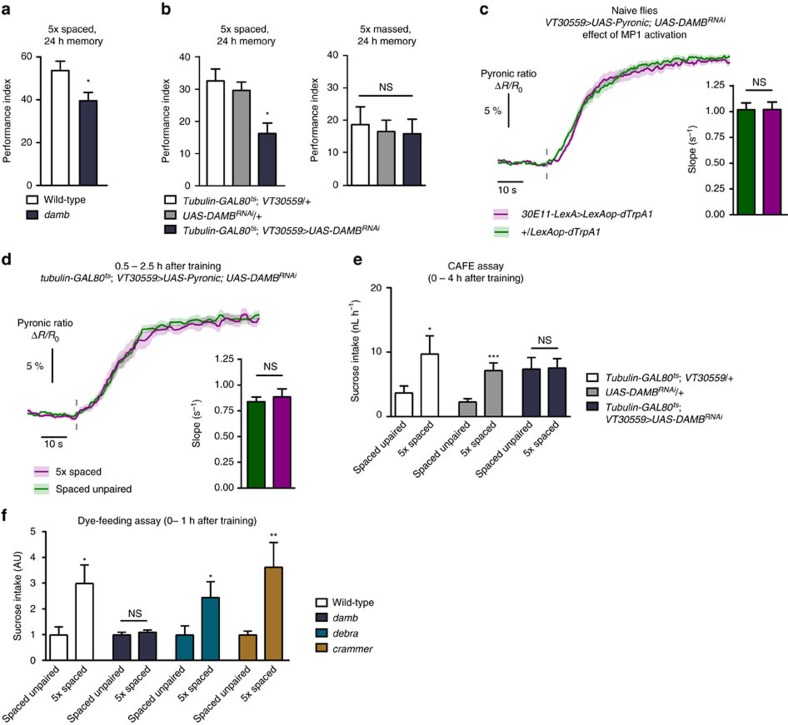Figure 6. DAMB in MB neurons mediates the effect of dopamine on energy flux and LTM formation.
(a) damb mutant flies displayed an LTM defect in comparison to wild-type flies (n=12–13; t23=2.41, P=0.024). (b) Flies expressing RNAi against DAMB in MB neurons exclusively at the adult stage showed an LTM defect as compared to their genotypic controls (n=19–21; F2,60=7.39, P=0.0014), but exhibited normal 24 h-memory after massed training in comparison to their genotypic controls (n=14; F2,41=0.10, P=0.90). (c) An RNAi construct against DAMB was expressed in MB neurons. In this context, thermal treatment failed to activate MB energy flux in 30E11-LexA>LexAop-dTrpA1 flies (n=13) as compared to +/LexAop-dTrpA1 flies (n=15). No difference was measured in the slope of pyruvate accumulation between the two conditions (t54=0.023; P=0.98). (d) The expression of the RNAi against DAMB at the adult stage in MB neurons suppressed the upregulated energy flux in MB neurons following spaced training (5 × spaced: n=10; unpaired: n=10; slope: t34=0.54; P=0.59). (e) Following spaced training, flies expressing RNAi against DAMB at the adult stage in MB neurons did not present the increase in sucrose intake observed in their genotypic controls (n=69–72; driver control: t141=2.01; P=0.046; effector control: t138=3.77; P=0.0002; flies expressing RNAi: t141=0.085; P=0.93). (f) Several mutations leading to specific LTM defects were tested in the dye-feeding assay. Following spaced training, the damb mutant did not show an increased sucrose intake compared to the unpaired control protocol (n=9; t16=0.77; P=0.45). However, the debra (n=16–17; t31=2.07; P=0.047) and crammer (n=15–16; t29=2.77; P=0.0096) mutants still showed increased feeding behaviour like wild-type flies (n=24–25; t47=2.63; P=0.012).

